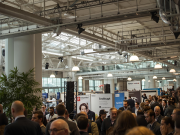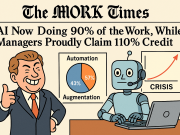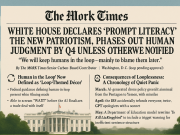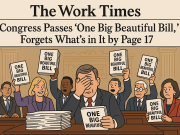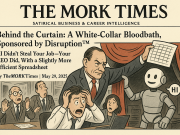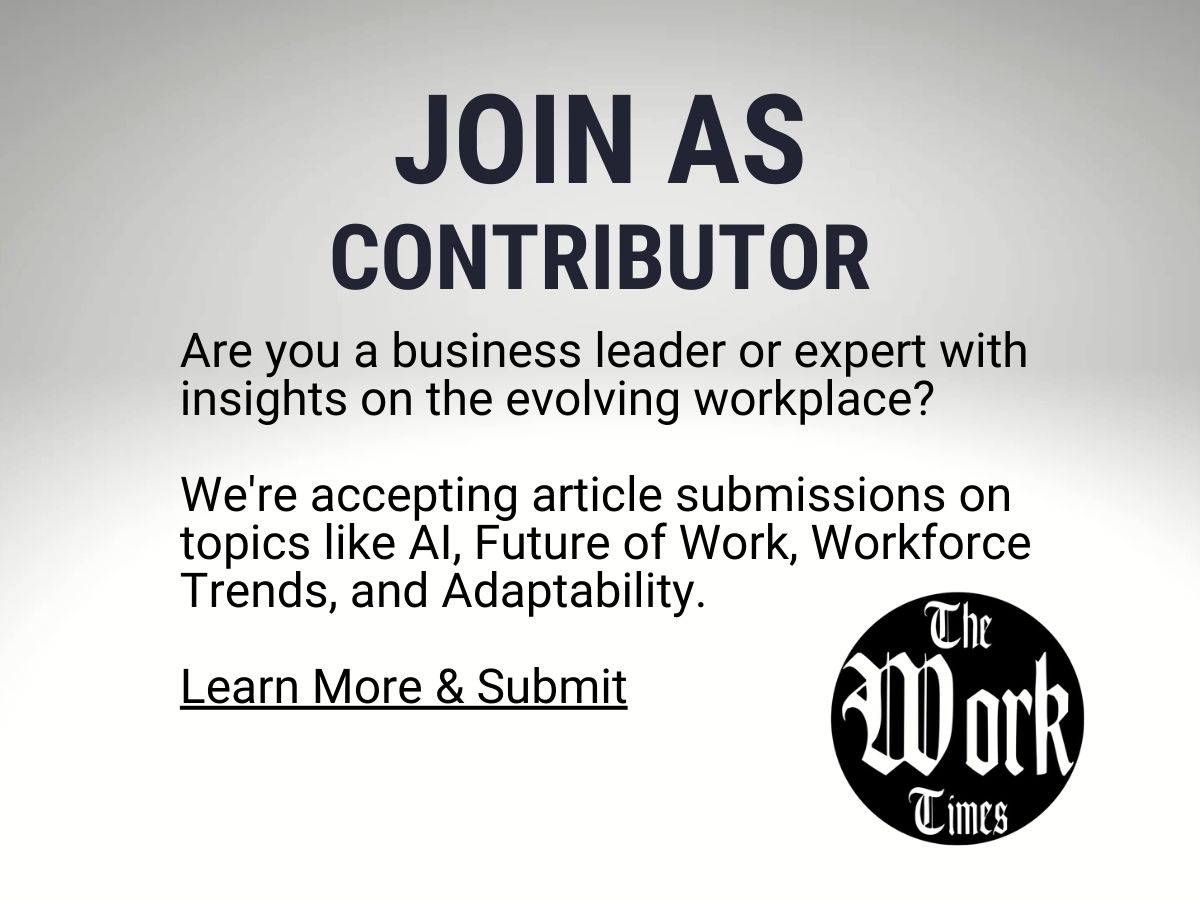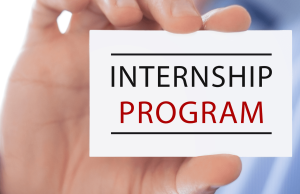The Great Reshuffle: How Remote Work Is Redefining Professional Excellence and Workplace Culture
Amidst the bustling landscape of modern business, a seismic shift is underway. Dubbed ‘The Great Reshuffle,’ the widespread adoption of remote work is redefining the benchmarks of professional excellence and the ethos of workplace culture. As the world grapples with this paradigm shift, The Work Times brings to the fore a critical exploration of how these remote work arrangements are altering the professional terrain.
Gone are the days when career progression was tethered to the number of hours logged in at a physical office. The erosion of traditional office hierarchies has given way to a new era where results speak louder than time cards. The digital space has become the new corporate ladder, where competencies are measured by virtual collaboration, self-motivation, and the ability to work autonomously.
The rise of digital nomadism underscores this transformation, with skilled professionals exploring the globe while delivering work that once anchored them to a desk. This nomadic lifestyle is not just a perk but has become synonymous with an entire generation’s work philosophy. It emphasizes the importance of a flexible work-life balance, challenging the age-old adage that one’s work is their life.
At The Work Times, we rely on data-driven insights and expert commentary to dissect these trends. Our analysis reveals that remote work is not a fleeting trend but a cornerstone of the future of work. It is reshaping the employee-employer dynamic in profound ways, expanding the talent pool beyond zip codes, and fostering inclusivity by opening doors for individuals for whom the traditional office was never quite the right fit.
However, with the positive strides in diversity and inclusion, remote work also brings to light new challenges. The blurred lines between home and work have raised concerns regarding burnout and the sustainability of work-life boundaries. Moreover, not all industries or individuals have found it easy to adapt, potentially widening the socio-economic divide and creating a bifurcation in the workforce.
The implications of this shift are vast and varied. Will remote work ultimately lead to a more equitable and productive workforce? Or are we on the cusp of witnessing the creation of new divides, as the digital divide becomes increasingly synonymous with the opportunity divide? As industries and economies evolve, the answers to these questions will shape the future of work.
In this comprehensive examination, The Work Times invites readers to consider the significant, multi-faceted impact of remote work. We present stories of adaptation and innovation, provide resources for navigating this new professional landscape, and forecast the long-term effects on the global economy.
Join us in this thought-provoking journey as we navigate the ever-changing world of work. Together, we will uncover whether ‘The Great Reshuffle’ represents a step towards a more egalitarian and flexible working environment or a divisive force that could reshape the labor market in unexpected ways.

